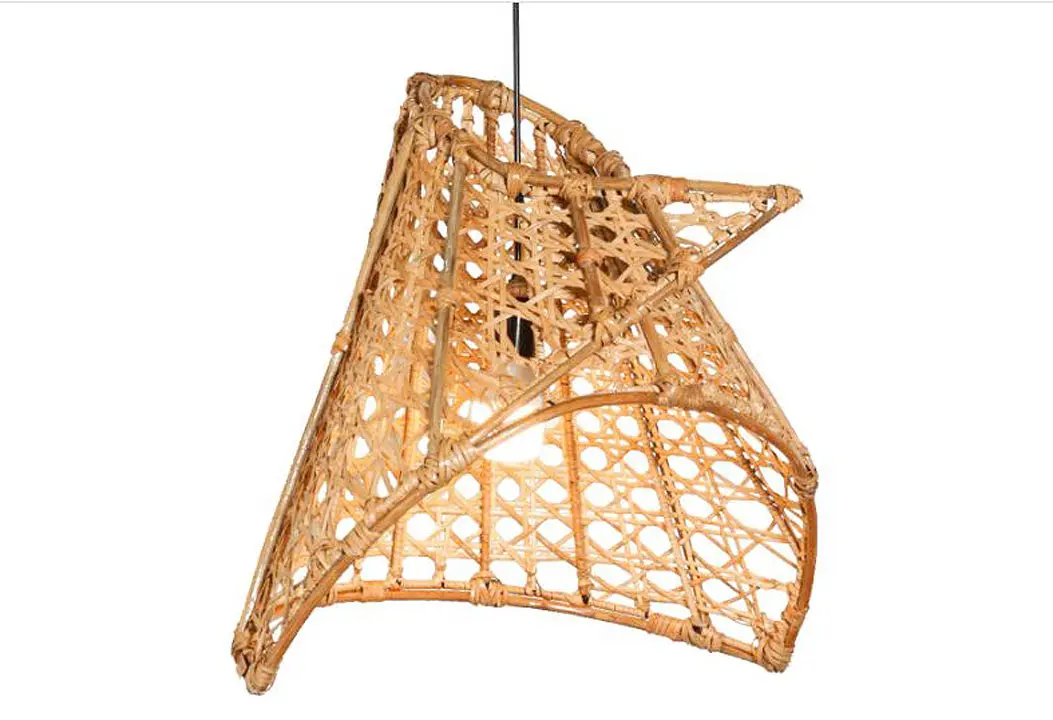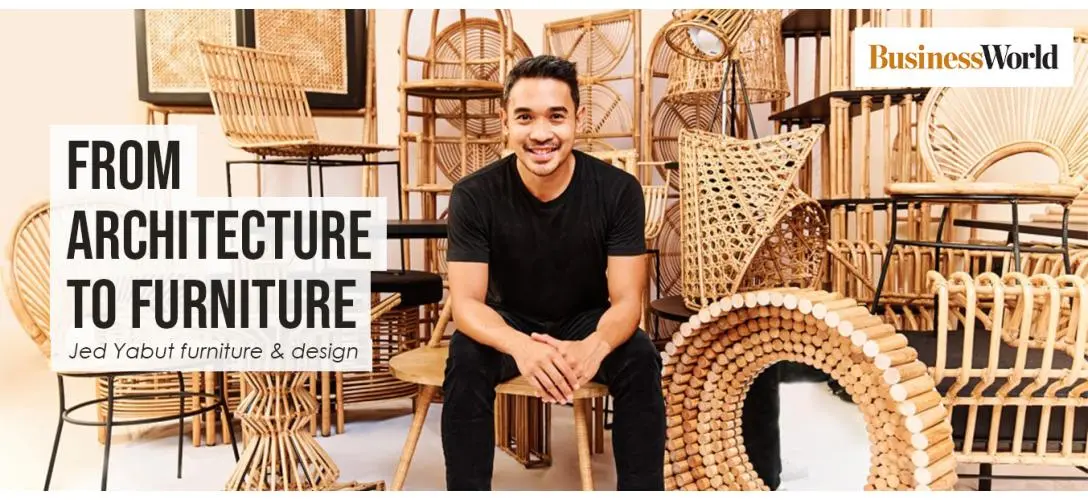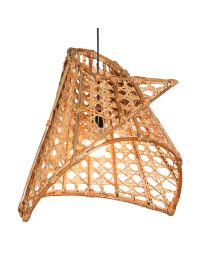As featured at BusinessWorld on Aug 1, 2022
AN architect turned to furniture design during the pandemic, and selected rattan as his medium.
BusinessWorld talked with architect and furniture designer Jed Yabut, one of the merchants on furniture e-commerce platform ITOOH, late last month. One of his pieces, a full-length mirror called Ulap (Cloud), with shelves that mimic the curvature of clouds, is still memorable after its debut on ITOOH’s website.

“I think I’m really good with design and all that, but I never had a chance to really design furniture before,” said Mr. Yabut, who graduated with a degree in Architecture from UP Diliman, but practiced in Singapore and Tokyo. The COVID-19 pandemic forced him to return to the Philippines. It was during the pandemic that he joined a workshop in Nueva Ecija where he learned furniture making, and decided on focusing on rattan.
The material has an interesting history. A species of climbing palm, it had been one of the most valuable products of colonial trade. These products — made of Southeast Asian plants and by Southeast Asian artisans — could be found then in the best rooms in Europe. Christian Dior used antique chairs of woven rattan (called cane in some circles) at his atelier in Paris, and the elaborate pattern of the weave could be found interpreted in their designs, such as the cannage (meaning cane craftwork in French) pattern on the famous Lady Dior line of bags.
“It was a deliberate choice,” said Mr. Yabut of rattan. “When you look at it (rattan), it’s very Filipino. We don’t necessarily carry rattan (exclusively), but to me, it spells very Filipino. The houses of our lolos and lolas (grandfathers and grandmothers) would have at least one rattan [piece] there… for us, it brings back nostalgia. At the same time, I could circumvent that to become something of a more modern look. That’s the intent.”
He also mentioned that despite the large number of furniture designers, few of them work with rattan. A large number of rattan furniture-makers however, consist of mom-and-pop operations in the provinces. “What I wanted to do was to create a brand that is more of a signature brand; a name brand.”
Asked how a Jed Yabut piece differs from one from these small manufacturers, he said, “It comes with good design, really. It comes with making sure that your design is not on Pinterest. I strive hard to make sure that when I design something, people can see that this is a Jed Yabut design.” In fact, he scrapped his own first line instead of putting it on the market, because it looked too similar to ones he had already seen. “There’s deliberate design conceptualization behind every piece.”
When he said that he planned to use rattan for his furniture, his friends in design said he was crazy. “It’s actually difficult to work with,” he said.
Direct sunlight can damage it, and so will too much water. “If it’s too cold, the rattan material becomes brittle,” he said. He added, “That’s why it thrives in humid climates like the Philippines.”
However, he loves to work with it anyway, despite its difficult nature. “It’s easy to mold. It’s very flexible. But because it’s so soft, the movements are always there,” he enthused. “Throughout the years, it probably could move, you know?”
Rattan under his hands then becomes a living thing, capable of mutability. “I’m the kind of designer who hates perfection. I think perfection is ugly. I love the rawness, the naturalness of the materials I work with. I want to highlight the imperfections of the materials I use,” he said.
“It’s constantly moving. It could never have the same shape forever,” he said. Rattan then becomes a symbol of temporality — and it sits as a reminder in your living room. “Everything can perish; everything can be replaceable.”
Mr. Yabut’s designs can be found on his website, https://jedyabut.com/, and on shopitooh.com/. — Joseph L. Garcia








